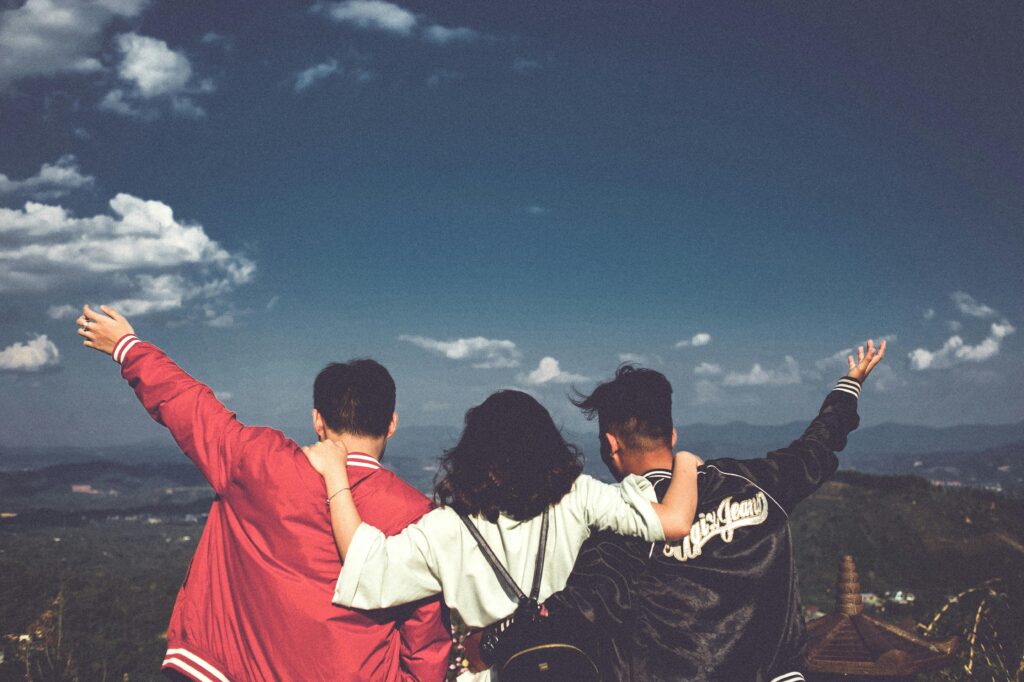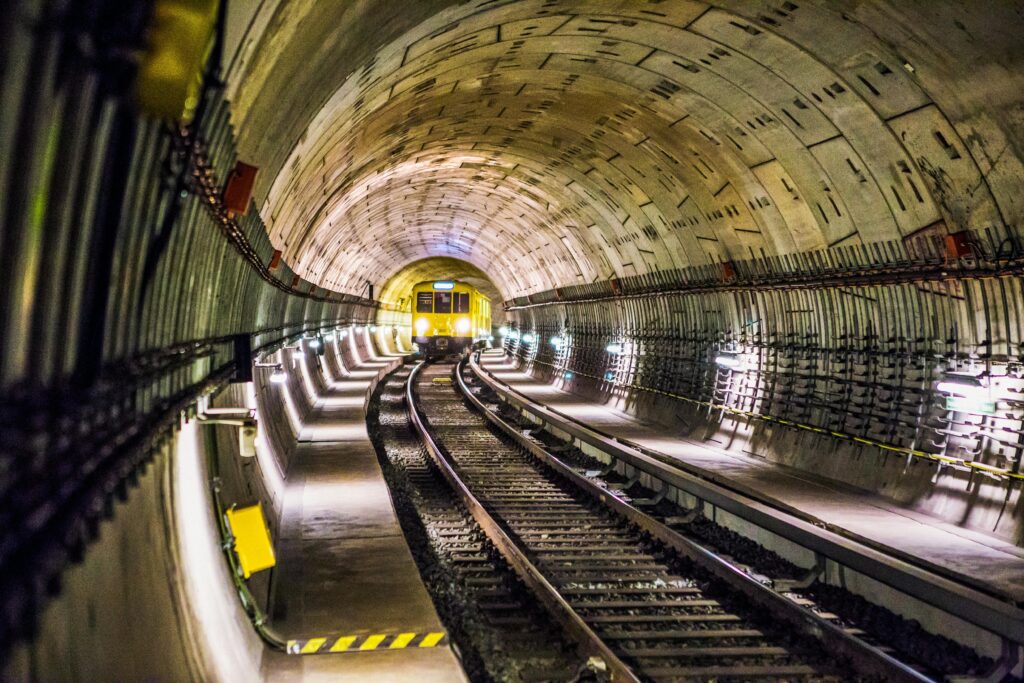Traveling to India is an unforgettable experience — a whirlwind of color, culture, flavors, and traditions. But to make your journey smooth and stress-free, understanding how money works here is essential. From carrying the right mix of cash and cards to using mobile payments and understanding the Indian approach to negotiation, this guide covers it all for NRIs, first-time visitors, and international travelers.
🪙 Indian Currency Basics
India’s official currency is the Indian Rupee (INR, ₹). Notes come in denominations of ₹10, ₹20, ₹50, ₹100, ₹200, ₹500, and ₹2000, although the ₹2000 note is being phased out gradually. Coins (₹1, ₹2, ₹5, ₹10) are common for smaller transactions.
- Exchange Rate: Approximately ₹82–₹85 = 1 USD (as of 2025)
- Tip: Always carry smaller denominations (₹50–₹100 notes) for daily use like cabs, tips, or street shopping.
💳 Cash or Card: What Works Best in India?
🛒 Cash (Still Essential)
Despite India’s digital leap, cash remains king in many day-to-day transactions, especially:
- Street vendors, local markets
- Auto rickshaws and taxis (if not using app-based ones)
- Smaller cafes, rural areas
- Tips for hotel staff, drivers, and guides
💳 Credit and Debit Cards (Widely Accepted)
Hotels, upscale restaurants, major retail stores, airports, and shopping malls accept international Visa, Mastercard, and Amex cards.
- Preferred for big-ticket items (₹2000 and above)
- Some places may add a 1–2% card processing fee — always check the bill.
📲 UPI and Mobile Wallets (The Future)
India’s Unified Payments Interface (UPI) system (like Google Pay, PhonePe, Paytm) has revolutionized payments, even for small tea stalls and roadside vendors.
- International visitors can now access UPI services through partnered banks or prepaid apps (like Wise, Revolut + Indian SIM card)
- Extremely convenient for quick, contactless payments
🏦 How to Handle Foreign Exchange
- Currency exchange counters at airports offer convenience but slightly higher rates. For better rates, use authorized exchange centers in cities.
- ATMs are widely available — prefer reputable bank ATMs (like HDFC, ICICI, SBI) to avoid higher withdrawal fees.
- Inform your home bank about your travel plans to avoid card blocks for “suspicious activity.”
Tip: Withdraw cash in moderate amounts to balance carrying safety and avoiding multiple ATM fees.
🚕 Tipping and Small Expenses
- Restaurants: 5–10% of the bill (if service charge isn’t included)
- Hotels: ₹100–₹200 for porters, ₹200–₹500 for housekeeping for longer stays
- Tour Guides: ₹300–₹500 depending on service quality
- Auto Rickshaws/Cabs: Round off the fare, tipping isn’t mandatory
Tip: Carry ₹10, ₹20, and ₹50 notes for tipping and small buys.
🌟 Understanding Negotiation (“Haggling”) in India
Negotiating prices is part of everyday life in India — at markets, souvenir stalls, and with independent service providers. It’s not about “ripping off” or confrontation — it’s a friendly tradition.
Polite Negotiation Tips:
- Smile while negotiating — it’s a conversation, not a battle.
- Ask, “Is there a better price you can offer?” — keeps it friendly.
- Understand that handmade items carry real labor — respect the craft.
- If you don’t agree on a price, thank them politely and walk away — it’s perfectly acceptable.
Golden Rule: Always remember: the experience and the human connection matter more than saving a few rupees.
📱 Essential Apps for Money Management While Traveling India
- Google Pay India: Widely accepted for UPI QR code payments.
- Wise (formerly TransferWise): Best for exchanging money internationally with low fees.
- Uber/OLA: Avoid cash hassles for rides.
- XE Currency App: Real-time conversion rates.
🛡️ Money Safety Tips for Travelers
- Use a cross-body bag or concealed pouch for cash and cards.
- Divide your cash — keep a small amount accessible, store the rest securely.
- Photocopy or digitally store your passport, visa, and card information separately.
- Be cautious while using ATMs late at night or in isolated areas.
🛍️ Where Cash Still Wins in Delhi NCR
- Street shopping in Janpath, Sarojini Nagar, Paharganj, Banjara Market
- Local eateries and chai stalls
- Small boutiques without card machines
- Public transport — local buses, auto rickshaws (if not app-based)
🏨 Book Your Stay with Rukiye Zara
Make your travel smooth, stylish, and secure by staying at boutique accommodations offered by Rukiye Zara.
Experience personalized hospitality, secure payment options, and the perfect base for exploring Delhi NCR with confidence.
👉 Book Now at www.rukiyezara.com
❓ Frequently Asked Questions (FAQs)
Q. How much cash should I carry while exploring Delhi?
Carry ₹2000–₹4000 in small denominations for daily expenses. Larger purchases can be made with cards or UPI apps.
Q. Is UPI available for tourists now?
Yes, tourists can use UPI apps if linked with an Indian SIM card and bank account or approved international platforms partnered with Indian banks.
Q. Are credit cards accepted everywhere?
Mostly yes — in malls, airports, major hotels, and upscale restaurants. However, always have cash backup for small vendors and transport.
Q. How do I recognize authentic shops versus tourist traps?
Look for fixed-price shops, government emporiums, and boutiques listed in travel guides or Google with good reviews. Always trust your instinct and observe pricing consistency.
✨ Traveling India is about embracing vibrant chaos with graceful planning.
Understanding money matters, payment options, and negotiation customs will empower you to navigate the experience confidently — and connect with the soul of India even deeper.












